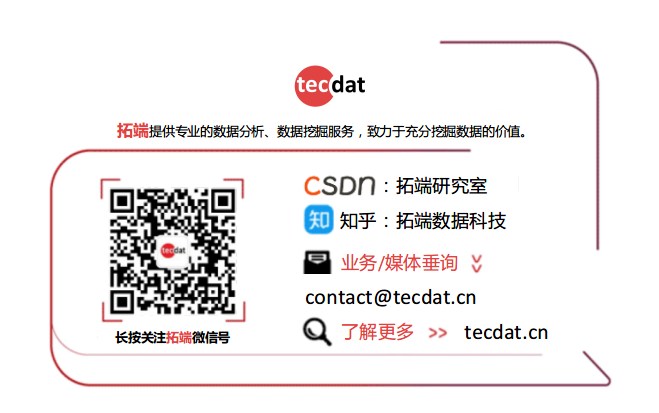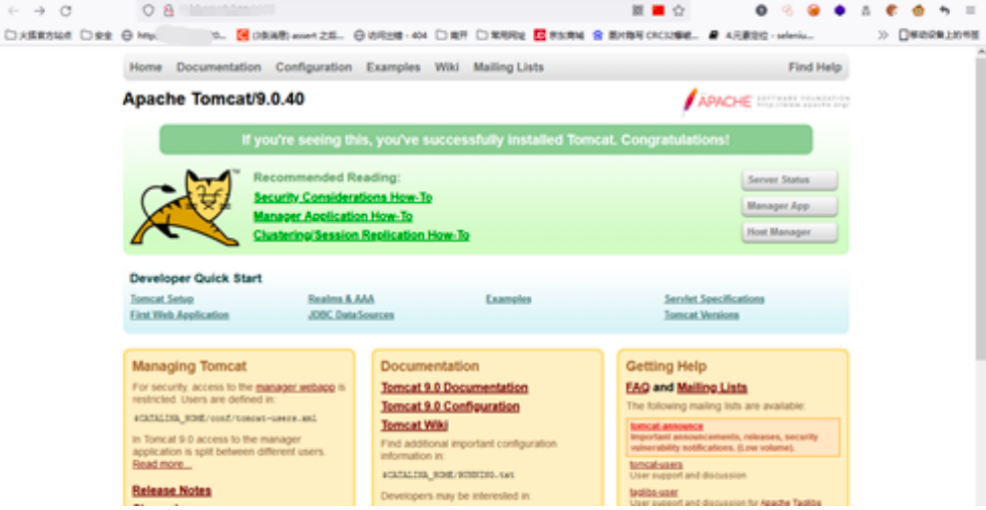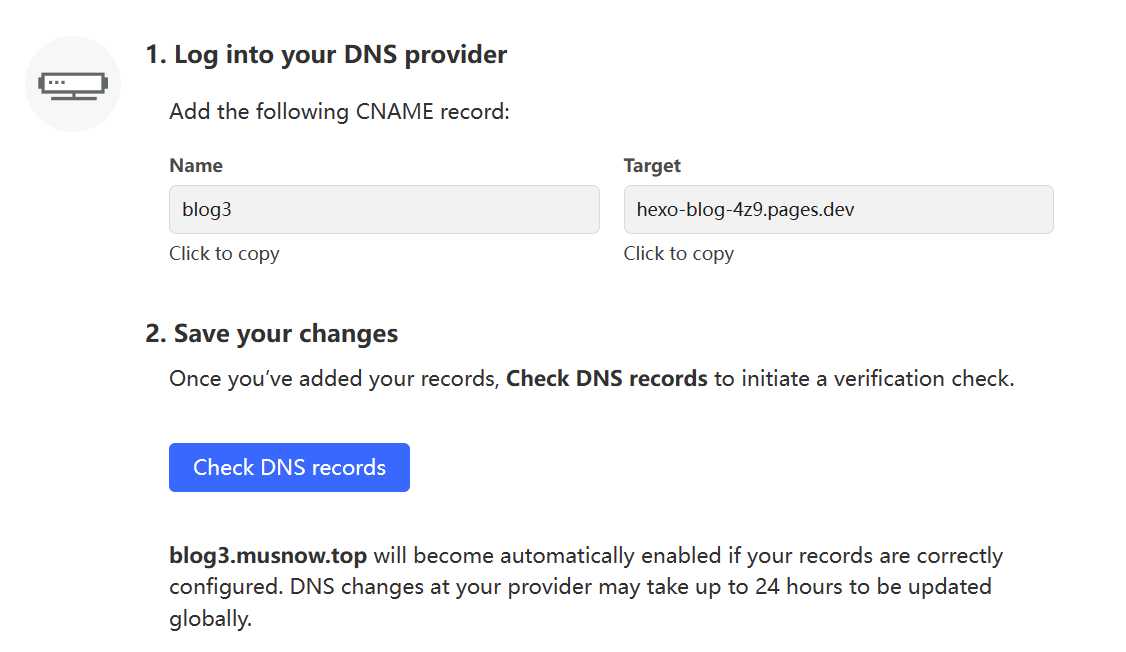Room数据库是在Sqlite的基础上,进行了封装和优化。这让我们可以摆脱,繁琐的数据库操作
在module的gradle里面,加入:
dependencies {
annotationProcessor "androidx.room:room-compiler:2.3.0"
implementation 'androidx.room:room-common:2.3.0'
implementation 'androidx.room:room-runtime:2.3.0'
implementation 'androidx.room:room-runtime:2.3.0'
}
一、Room的三大组件
Room的三大组件,换言之,即是Room由哪三个东西组成。
Entity:每一个Entity是一个类,同时也是一张表。默认情况下,类名即是表名,字段名,即是字段名。可以通过注解的形式,进行自定义表名和字段名,这个在下一篇会详细讲解。
Dao:每一个Dao,定义了一组对Entity的操作(Method, 即方法)。比如,增删查改。
DataBase:DataBase类似于Manager,通过DataBase,可以获取到任意有绑定到DataBase的Dao对象,再通过Dao对象,就可以对每一个Entity进行操作。作为一个DataBase类,必须满足以下三个条件:
1、DataBase类必须是继承自RoomDataBase,并且其本身,必须是抽象类。
2、通过在头部以注解的方式(后面会讨论如何做),添加一组Entity。这句话的意思是,只要Entity添加在DataBase类的头部,那该DataBase就可以,对已添加的Entity进行操作。
3、至少包含一个不带参数的抽象方法,该方法返回一个已绑定的Entity所对应的Dao类型。
二、如何定义Entity

每一个Entity类,都会在其类名定义的前一行,增加一个注解@Entity,来标识该类是Room的一个Entity。每一个字段都有一个注解,这里就列举几个比较简单常见的:
1、@PrimaryKey,表示该字段是主键、@NonNull 表示该字段不允许为空。
2、@ColumnInfo(name = “last_name”),表示该字段是表中的一个字段,字段名为自定义的last_name。
3、@Ignore,表示不对字段进行存储。
4、@Entity(tableName ="meals"),实际数据库表名为meals
其他:
5、主键ID的自增(autoGenerate)。只要设置PrimaryKey的autoGenerate属性为true即可
@PrimaryKey(autoGenerate = true)
private int id;
6、联合主键(primaryKeys)。与单主键不同的是,联合主键的定义,是作为@Entity的属性的形式,被定义的。并且,关键字是primaryKeys,不是primaryKey,多了一个s。代码如下:
@Entity(primaryKeys = {"firstName", "lastName"})
class User {
public String firstName;
public String lastName;
@Ignore
Bitmap picture;
}
7、创建索引与唯一性约束。
我们可以通过创建索引,来提高查询的效率,其原理是索引原理。同时,可以创建字段的唯一性约束,来避免创建相同的数据。因为在一张表中,除了主键(id)字段的每条数据都是不同之外,有可能还存在其它字段的数据也不允许重复,比如身份证号码,这时就需要添加唯一性约束。
a)、索引(indices)
创建索引的根本目的,是提高查询的效率。那么,如何在Entity中,创建索引呢?
@Entity(indices = {@Index("name"),
@Index(value = {"last_name", "address"})})
class User {
@PrimaryKey
public int id;
public String firstName;
public String address;
@ColumnInfo(name = "last_name")
public String lastName;
@Ignore
Bitmap picture;
}
b)、唯一性约束(unique)
有时候,我们可能想要某一字段,或多个字段的组合的数据,在表中是唯一的,不重复的。那么,我们可以使用唯一性约束。代码如下:
@Entity(indices = {@Index(value = {"first_name", "last_name"},
unique = true)})
class User {
@PrimaryKey
public int id;
@ColumnInfo(name = "first_name")
public String firstName;
@ColumnInfo(name = "last_name")
public String lastName;
@Ignore
Bitmap picture;
}
三、如何定义Dao
@Dao
public interface dishmealDao {
@Query("SELECT * FROM meals")
List<dishmeal> getAllMeals();
// 获取表中记录的数量
@Query("SELECT COUNT(*) FROM meals")
int getMealsCount();
@Query("SELECT * FROM meals")
Cursor getMealCursor();
@Query("SELECT * FROM meals WHERE MealID=:MealID")
dishmeal getMeal(String MealID);
@Query("select * from meals where MealID in (:mealids)")
List<dishmeal> loadMealsByIds(String[] mealids);
@Query("select * from meals where MealName like :first or MealSpell like :last ")//limit 1
List<dishmeal> findMealsByName(String first, String last);
@Query("SELECT * FROM meals WHERE MealName=:MealName")
List<dishmeal> getMealsByName(String MealName);
@Query("DELETE FROM meals")
int deleteAllMeals();
@Query("DELETE FROM meals WHERE MealID=:MealID")
int delete(String MealID);
@Insert
long insert(dishmeal meal);
@Update
int update(dishmeal... meals);
//动态根据查询条件,查询
@RawQuery
List<dishmeal> getMyEntities(SupportSQLiteQuery query);
}
每一个Dao类,都会在其类名定义的前一行,增加一个注解@Dao,来标识该类是Room的一个Dao。每一个方法,都有一个注解,用来表示,这个方法能对表进行的操作。这里,同样例举几个常见的注解:
1、@Query,表示查询数据。具体的sql语句写在其后的大括号里面,记得要加上” “双引号。
2、@Insert,表示插入数据。(onConflict = OnConflictStrategy.REPLACE),这段表示,如果插入有冲突,就直接替换掉旧的数据。
3、@Update,表示更新数据。
4、@Delete,表示删除数据
四、如何定义一个DataBase?
@Database(entities = { User.class,dishmeal.class }, version = 2, exportSchema = false)
public abstract class AppDatabase extends RoomDatabase {
private static final String DB_NAME = "AppDatabase.db";
private static volatile AppDatabase instance;
private static Context mContex = null;
public static synchronized AppDatabase getInstance(Context context) {
mContex = context;
if (instance == null) {
instance = create(context);
}
return instance;
}
private static AppDatabase create(final Context context) {
AppDatabase database = Room.databaseBuilder(
context,
AppDatabase.class,
DB_NAME)
// .addMigrations(MIGRATION_1_2) // , MIGRATION_2_3, MIGRATION_3_4, MIGRATION_1_4)
.fallbackToDestructiveMigration()
.build();
// 获取数据库文件路径并打印
String dbPath = context.getDatabasePath(DB_NAME).getAbsolutePath();
Logger.d("Database path: " + dbPath);
return database;
}
public static void Refdatabase()
{
if (instance!=null) {
instance.close();
instance = create(mContex);
}
}
//动态设置查询条件
public static List<dishmeal> getMealsEntities(QueryFactory queryFactory) {
return instance.getmealDao().getMyEntities(queryFactory.createQuery());
}
public abstract UserDao getUserDao();
public abstract dishmealDao getmealDao();
}
每一个DataBase类,都会在其类名定义的前一行,增加一个注解@Database,来标识该类是Room的一个Database。其中,entities字段,表示该DataBase,绑定的表。多个表以,逗号分开。version字段,表示该DataBase的版本。
五、如何使用他们
先定义 dishmealDao对象dtMeals,再在新线程中调用dishmealDao下的方法


附件:设置动态查询条件
1)、创建接口QueryFactory,
SupportSQLiteQuery是Room数据库库在 SQLite上的抽象,它允许你构建查询并以标准的方式执行它们
public interface QueryFactory {
SupportSQLiteQuery createQuery();
}
2)、定义MyQueryFactory 重新SupportSQLiteQuery 方法
public class MyQueryFactory implements QueryFactory {
private String whereClause;
private String[] whereArgs;
private String tablename;
public MyQueryFactory(String tablename,String whereClause, String[] whereArgs) {
this.whereClause = whereClause;
this.whereArgs = whereArgs;
this.tablename=tablename;
}
@Override
public SupportSQLiteQuery createQuery() {
return new SimpleSQLiteQuery("SELECT * FROM " + tablename + " " + whereClause, whereArgs);
}
}
3)、在@Dao里设置动态根据查询条件,查询
@RawQuery List<dishmeal> getMyEntities(SupportSQLiteQuery query);
4)、在class AppDatabase extends RoomDatabase定义:
//动态设置查询条件
public static List<dishmeal> getMealsEntities(QueryFactory queryFactory)
{ return instance.getmealDao().getMyEntities(queryFactory.createQuery()); }
5)、应用例子:
String whereClause =" WHERE MealName like ? or MealID LIKE ? ";
String[] whereArgs = new String[]{"%水%","%2%"};//
QueryFactory queryFactory = new MyQueryFactory("meals",whereClause, whereArgs);
List<dishmeal> mlst= AppDatabase.getInstance(ShowTable.this).getMealsEntities(queryFactory);



















